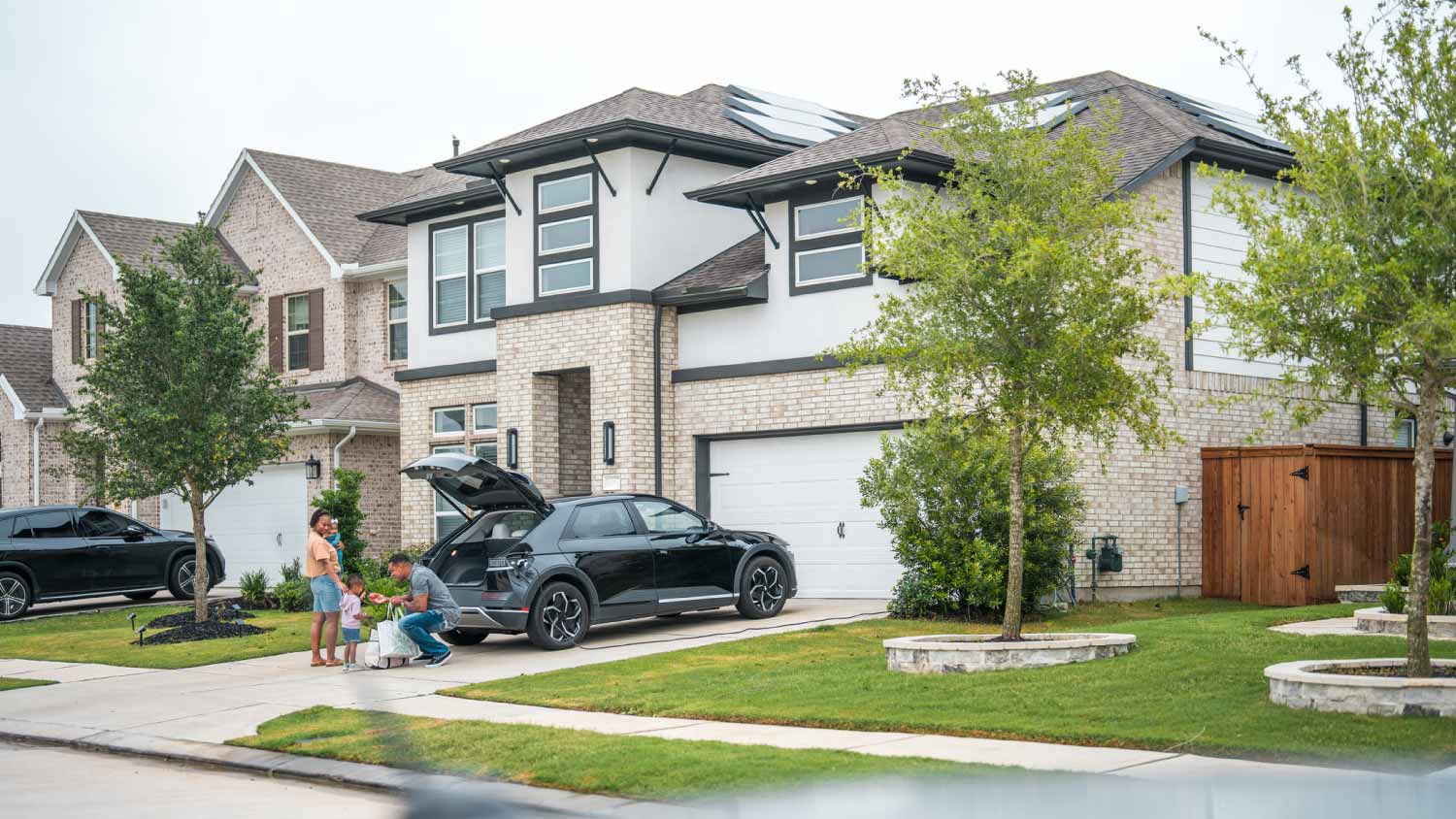
The average cost of a whole-house generator falls between $5,000 and $25,000. Keep reading to learn how much you can expect to spend.
This electric DIY can provide some much-needed peace of mind when your power goes out


Whether you have a generator that can power your entire house or one that powers a few key appliances, it’s comforting to know that when your electricity goes out, you have back-up power. However, learning how to install a generator transfer switch allows you to flip the generator on easily when the power outage hits.
The steps below outline how to install a generator transfer switch yourself; however, this is an installation best left to professional electricians due to high safety risks for you and your home. Only attempt to DIY generator transfer switch installation if you have extensive electrical experience.
For a worry-free power backup, leave generator fixes and installations to generator professionals who have the skills, tools, and knowledge required to handle these complex systems.
If you don’t have a whole-house generator, you’ll need to decide which appliances you want your generator to provide power to before installing your transfer switch. After deciding on your appliances, calculate how much wattage each requires to ensure your generator has enough amps to cover each. On your circuit breaker, give each appliance a number that corresponds with its circuit and label them in the breaker of your switch.
Cut off the main power source to your circuit breaker by flipping the switch from on to off. This essential step protects you and your home from electrical shock and injury, so it should always be your first move of an electrical project.

Using a screwdriver, mount the transfer switch to the wall next to your main electrical panel, keeping about 18 inches between the edge of the switch and the center of the panel. Depending on what type of wall you’re attaching the switch to, you may need anchors to secure it safely.
Remove a knockout at the bottom of the electrical panel with a hammer and a flathead screwdriver. Feed the wires from the transfer switch into the knockout hole, and secure the conduit from the transfer switch to the main panel using a locknut and a bushing.
Start with your first critical circuit and remove the breaker. Disconnect the hot wire lead from the lug on the breaker, then find the red wire for the switch box circuit that matches the breaker you removed and attach the two before reinstalling the breaker.
Using the same transfer switch circuit, find the black wire and twist it into the old feed wire and secure it with a yellow wire connector. Put the wires neatly in place and repeat steps the previous three steps for the remaining circuits.

After all of your circuit connections are complete, locate the white neutral from the transfer switch and attach it to the opening in the neutral bus bar of the main electrical panel. Then, locate the green ground wire in the transfer switch and attach it to an open port on the grounding bar in the main panel.
Fill in the circuit map on your switch box, then set the switches on it to the line setting. Power to your main breakers should still be off. Attach the power cord from your generator to the switch box, then turn the generator on and let it run for a few minutes.
Flip each switch to GEN one by one, making sure to not turn all switches on at the same time. Once your wattage levels are in balance, turn the switches back to line and turn off your generator.
Once testing is complete, put the cover back on your main circuit breaker and turn the power to your main breaker back on.
This task involves working with some of the most important parts of your home’s electrical system, so it’s best to hire a generator installation company to ensure it’s done safely and correctly. You can expect to pay about $1,200 for a generator pro to install a generator transfer switch.
Although you can save money on labor if you install a generator transfer switch yourself, you also run the risk of installing it improperly and causing damage to your electrical panel or, at worst, making your home vulnerable to electrical fires or shock. In this scenario, hiring a professional generator install will provide peace of mind that your generator transfer switch will work when you need it most.
From average costs to expert advice, get all the answers you need to get your job done.

The average cost of a whole-house generator falls between $5,000 and $25,000. Keep reading to learn how much you can expect to spend.

The cost to install a generator transfer switch depends on several factors. Our guide will help you understand all of the costs.

Keeping on top of generator maintenance and repairs gives you extra peace of mind as a homeowner. Find out how much regular generator maintenance costs.

Installing a portable generator can power key appliances during outages. Learn about the best backup generator questions to discuss with a pro.

Wondering who to hire to install a generator? Consult this guide to learn who to hire to install a generator or a transfer switch.

Whole house generators can power homes when electric problems hit, but they aren’t for everyone. Here’s what you should know when you’re thinking about buying.